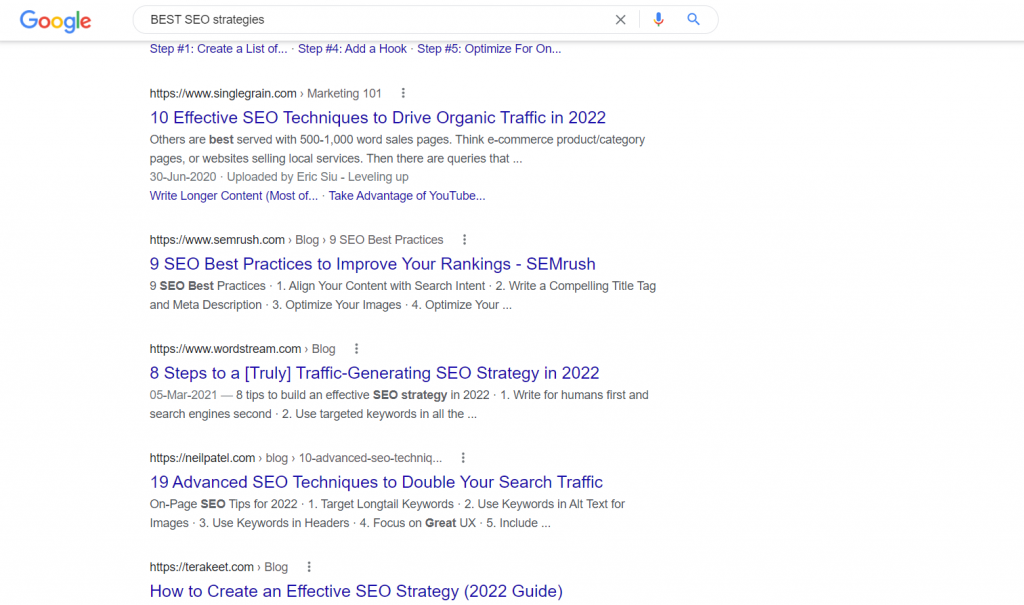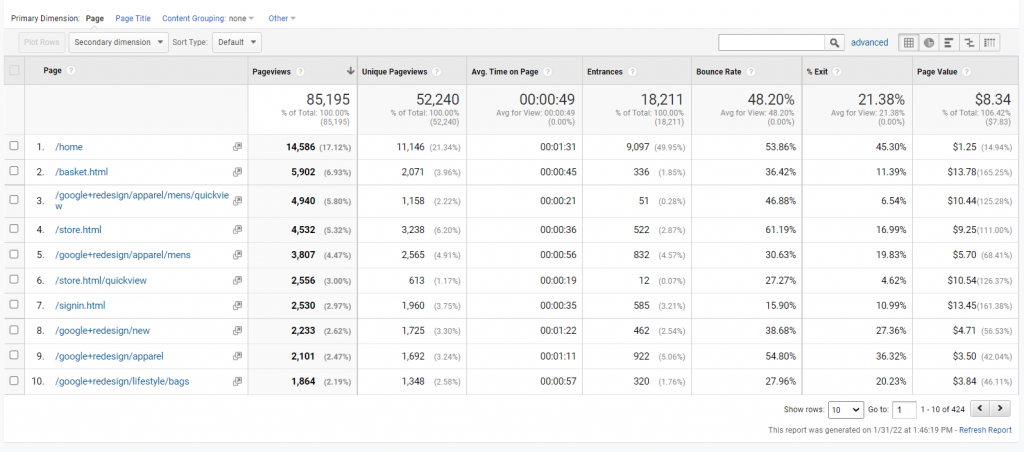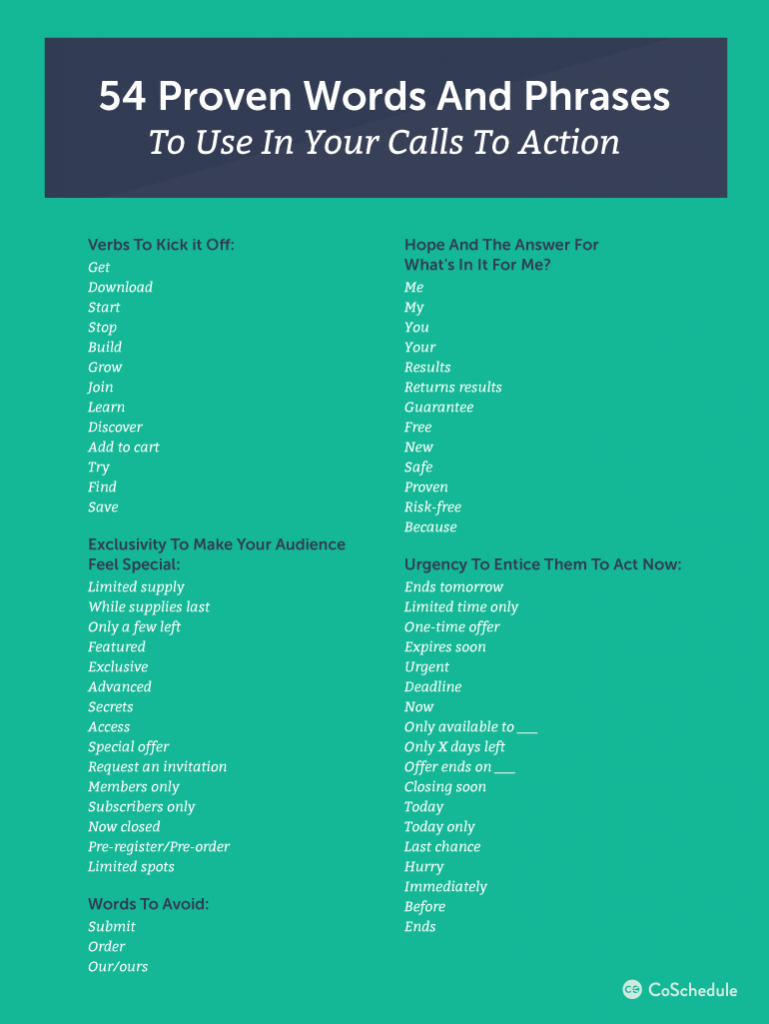Content Cleanup: To Be or Not To Be
Without looking at your stats first, I’m pretty sure that you have a few blogs – that are performing exceptionally well for your organic search goals. The rest is certainly a mountain of content that rates a solid “meh” on the performance scale at best.
Throughout the years, Google has looked into different ways to leverage “freshness” as a ranking factor through patent filings. A patent filed by Google engineers in 2003 that shook the SEO world was for information retrieval based on historical data. The patent not only disclosed what Google personnel were thinking at the time, but it also looked to lay the groundwork for years to come for Google’s algorithm.
Keep in mind that while several Google patent filings explain these strategies — frequently in great detail – we have no way of knowing how they will be used in Google’s algorithm. While we can’t be sure, evidence suggests that they employ at least some of these strategies, if not all, to rank search results.
Different searches have different freshness needs
The inference is that Google evaluates the freshness of your content, including blogs, video transcripts, etc., before assigning a score to each page based on the type of search query. The following are the types of keyword searches that are most likely to demand new content:
- Current events or hot topics: “content marketing trends of 2022.”
- Events that occur regularly: “IPL scores”, “Upcoming cricket matches.”
- Regular updates: “best DSLR cameras” and “best 10 cafes in Delhi reviews.”
Google may be able to decide which questions demand new information by monitoring the web and their massive data warehouse, which includes:
- The volume of searches: Are there many searches for a specific term (“Current temperature in Delhi”)?
- Coverage in the news and on blogs: It’s probably a hot topic if many news organisations start writing about it.
- Social Media: A rise in mentions of a specific topic on social media could suggest that the issue is “trending.”
While some search queries need new information, others may benefit from older content. Fresh is often preferable, although this is not always the case. You may update your old content and raise your freshness score to improve the effectiveness of your SEO efforts and boost your organic traffic. When you notify Google that your article is updated, you’ll see a significant increase in traffic, making the small amount of effort necessary well worth it.
Compelling Reasons Why You Should Update Your Old Content
1. Improves Click-through Rate
According to Google, the definition of Click-through rate is defined as: “CTR is the number of clicks that your ad receives divided by the number of times your ad is shown: clicks ÷ impressions = CTR. For example, if you had 5 clicks and 100 impressions, then your CTR would be 5%.”
When you conduct a Google search for almost any term, you’ll notice that the top results are almost always within the last year or two. For example, a Google search for “best SEO strategies” yields the following results:
The oldest was published in June 2020, while the most recent was published in March 2021.

The truth is that times change rapidly in many fields, including SEO. Information that was correct just a few months ago could today be entirely inaccurate. This isn’t just true in the case of SEO. Consider doing a Google search for “best cooking skills” or “best sneaker reviews.”
Wouldn’t it be more interesting to read an article from the previous year rather than one from 2010? You would, of course. The truth is that we are more likely to click on articles that have been published recently, so updating an article will increase its click-through rate.
2. Aligns with your overall SEO efforts
Google’s algorithm is updated several times a year. Some of the changes have a significant impact on traffic and ranking. Improving your old content lets us keep it up to date with the latest developments and rules, which is a perfect method to attract Google’s attention.
Furthermore, Google will index your site more frequently if you update it more frequently (basis the last modified tag in XML sitemap). It demonstrates that the search engine anticipates more frequent content updates, causing their crawlers to visit more frequently.
In addition, upgrading your blog content allows you to re-promote it, perhaps resulting in more social shares, inbound links, and traffic—all of which are ideal outcomes for most website owners.
Updating Old Content – A Step-by-Step Process
Here’s how to repurpose outdated blog posts into revenue generators.
1. Gather your data
The first question is: which of your posts should you optimize? All of them, in theory. It is, however, helpful to know where to begin. Hopefully, you’re keeping track of various metrics that will help you figure it out.
One of the first things you should do is go to your Google Analytics account. You can find out which pages on your site are the most popular by going to Behavior > Site Content > All Pages.

You’ll also learn about the bounce rate and the average time spent on the page. At the top of the screen, you can export this as a spreadsheet.
Now that you’ve accumulated it all in one location, it’s time to analyse the data. Here are some examples of pages to keep an eye out for:
- High traffic but poor conversions: When optimised, this type of post can generate more leads and signups.
- Low traffic but high conversions: In this case, increasing traffic could improve the number of leads.
- Formerly popular content: This is content that used to get a lot of links and shares on social media but now has less traffic and a lower search ranking.
Using this lens to examine your content should help you uncover potential candidates for enhancement. For the moment, selecting 10-30 articles should suffice. More work can always be done later.
2. Update the Keywords Included
After that, you can use one or more of the options listed below to update old content.
Any SEO strategy must start with keyword research. However, a keyword or phrase that was popular a year ago may not generate the same amount of search volume now. As a result, it’s critical to re-optimize your content regularly.
You may also integrate extra keywords into your content by updating your keyword strategy. Perhaps you overlooked any secondary keyword chances when you published it. Now is the moment to make amends.
3. Analyze Search Intent
You’ll need to understand search intent in addition to finding the best keywords. This is a significant factor in Google’s content ranking.
In essence, search intent refers to the rationale behind a user’s search query. So, what does a user want when they type in a keyword? Do they wish to make a purchase? Is it just that they’re looking for information? Knowing this will help you massively to create the most relevant content for them.
As a result, don’t just look at keywords; consider what a person who types them into a search engine is looking for.
Rework on the Headlines
80% of people will read a headline, only 20% will read the body of your article. As a result, updating the headlines of your older posts can help you attract new readers. Remember how we mentioned that current content draws more clicks than usual? You can take advantage of this by changing your headline to reflect that it has been changed recently.
This will also help you rank for long-tail keywords where people are looking for content from this year. Also, make sure to include CTR-boosting power words and see if you can incorporate keywords you discovered earlier.
Improve the quality of your calls to action
If your content is outdated, the calls to action you provided are likely to be outdated as well. Maybe you’ve come up with a new product that better suits the blog article’s content or a lead generation incentive that wasn’t available when you initially published it.

It’s critical to get back to search intent to improve your CTAs. It would help if you tailored your calls to action to the motivations of your visitors. Examining the keywords for your sites is one of the most effective ways to achieve this. In CTAs, you can typically use exact key phrases.
Promote Your Newly Revised Posts
Once you’ve modified an existing post, your work isn’t done. It’s advisable to advertise it the same way you’d promote a new blog post.
Requesting a re-crawl from Google is one of the initial steps. You can do this using Google Search Console. This will assist you in speeding up the process of enhancing your rankings.
Following that, be sure to regularly share the blog on your social media sites. Some plugins automatically distribute older content on social networks, such as Revive Old Posts.
If you have an email list, be sure to notify your subscribers that the post has been changed. Crafting a welcome message for new subscribers with a best-of link collection linking to your new old content is also a fantastic method to accomplish email promotion.
Conclusion
In addition to the tips mentioned above, remember that you can optimize old content by repurposing it into fresh content. Finally, upgrading old blog posts may include removing some of them entirely. However, you may consider that this is simply one aspect of your overall blogging approach. It’s still critical that you update your blog consistently. However, you can now use a two-pronged strategy.



